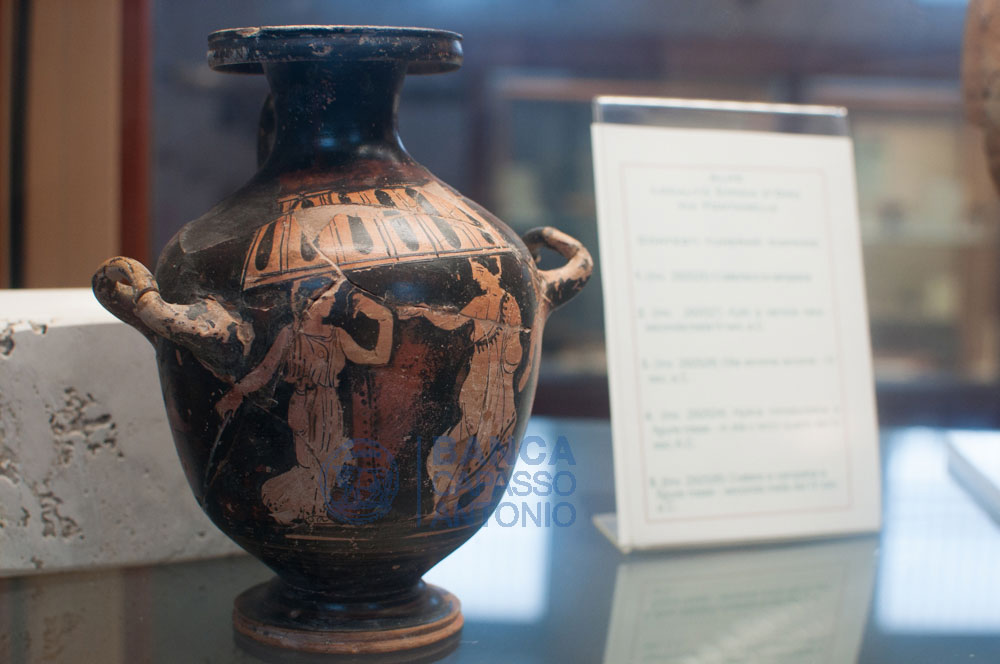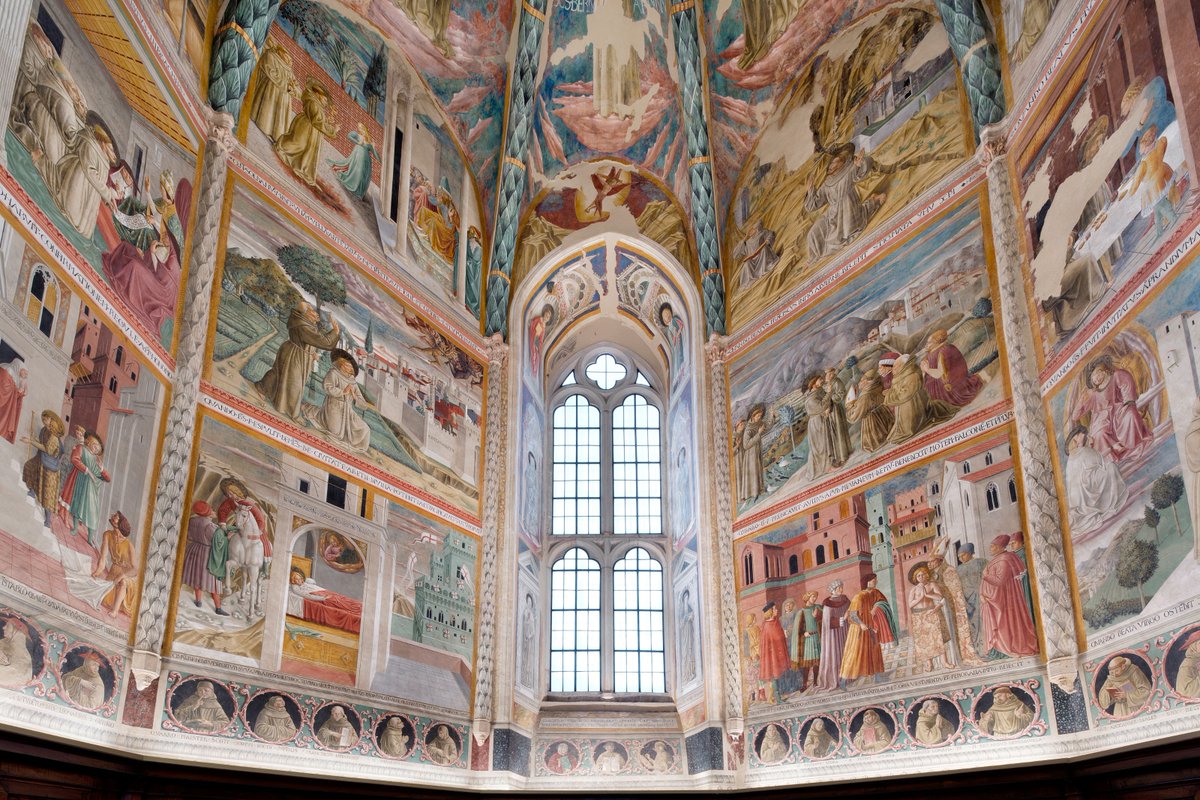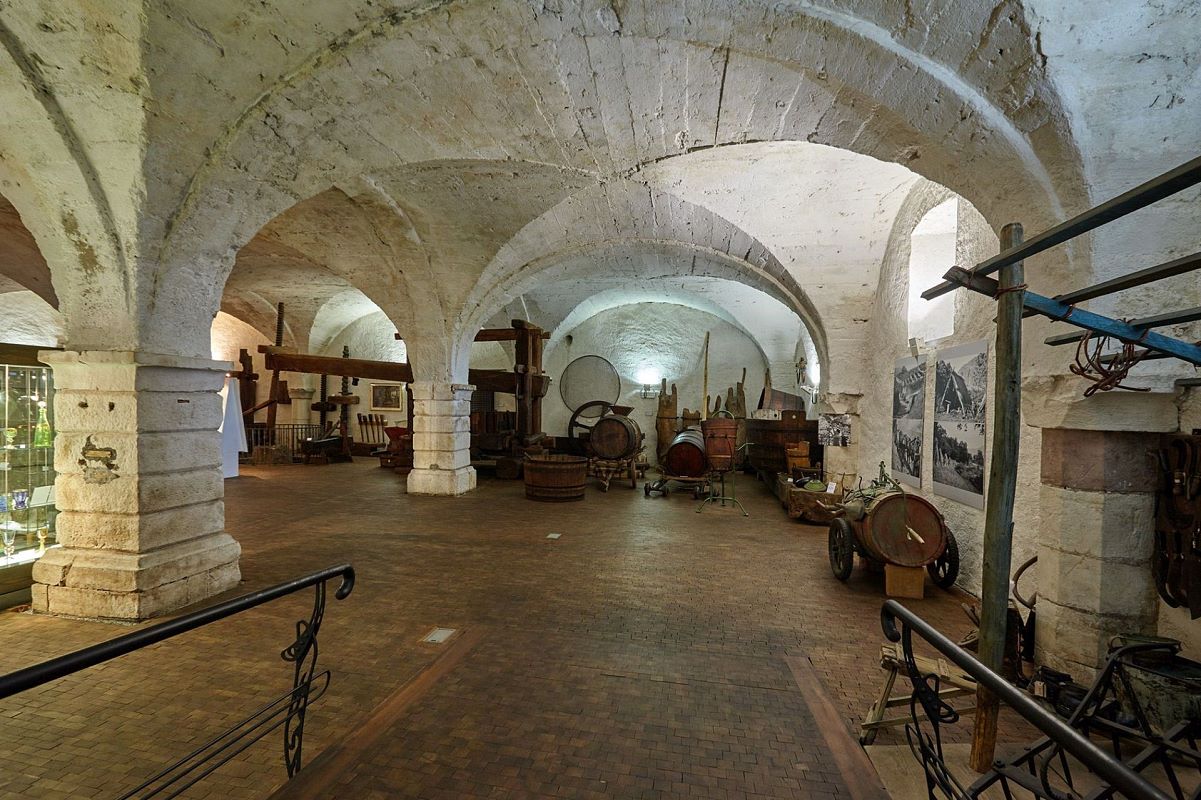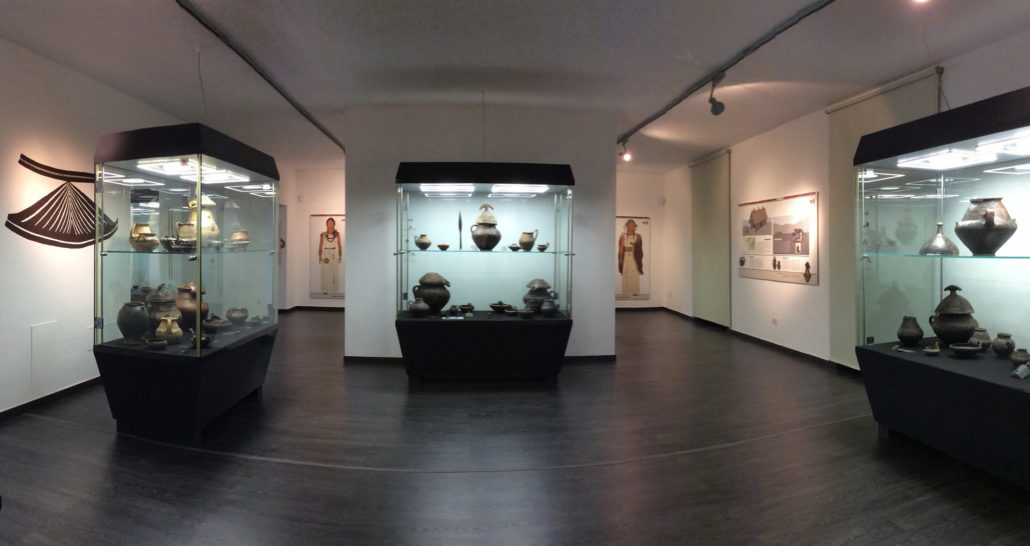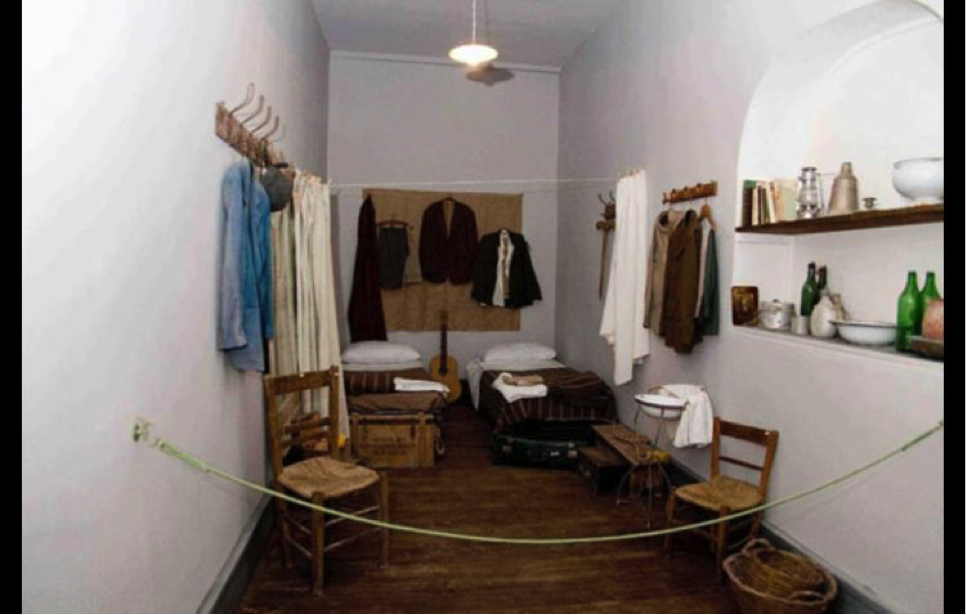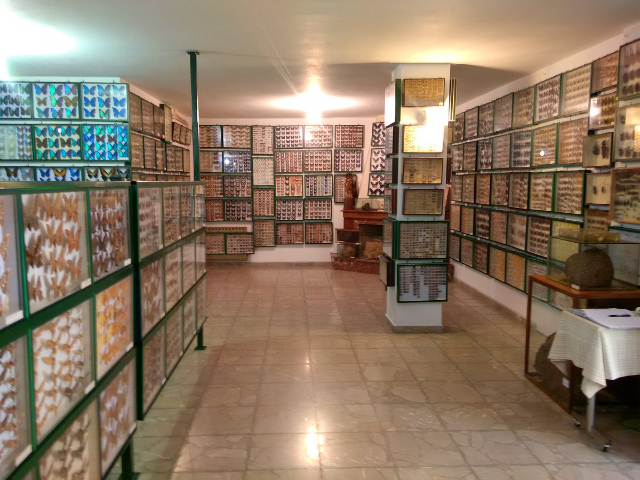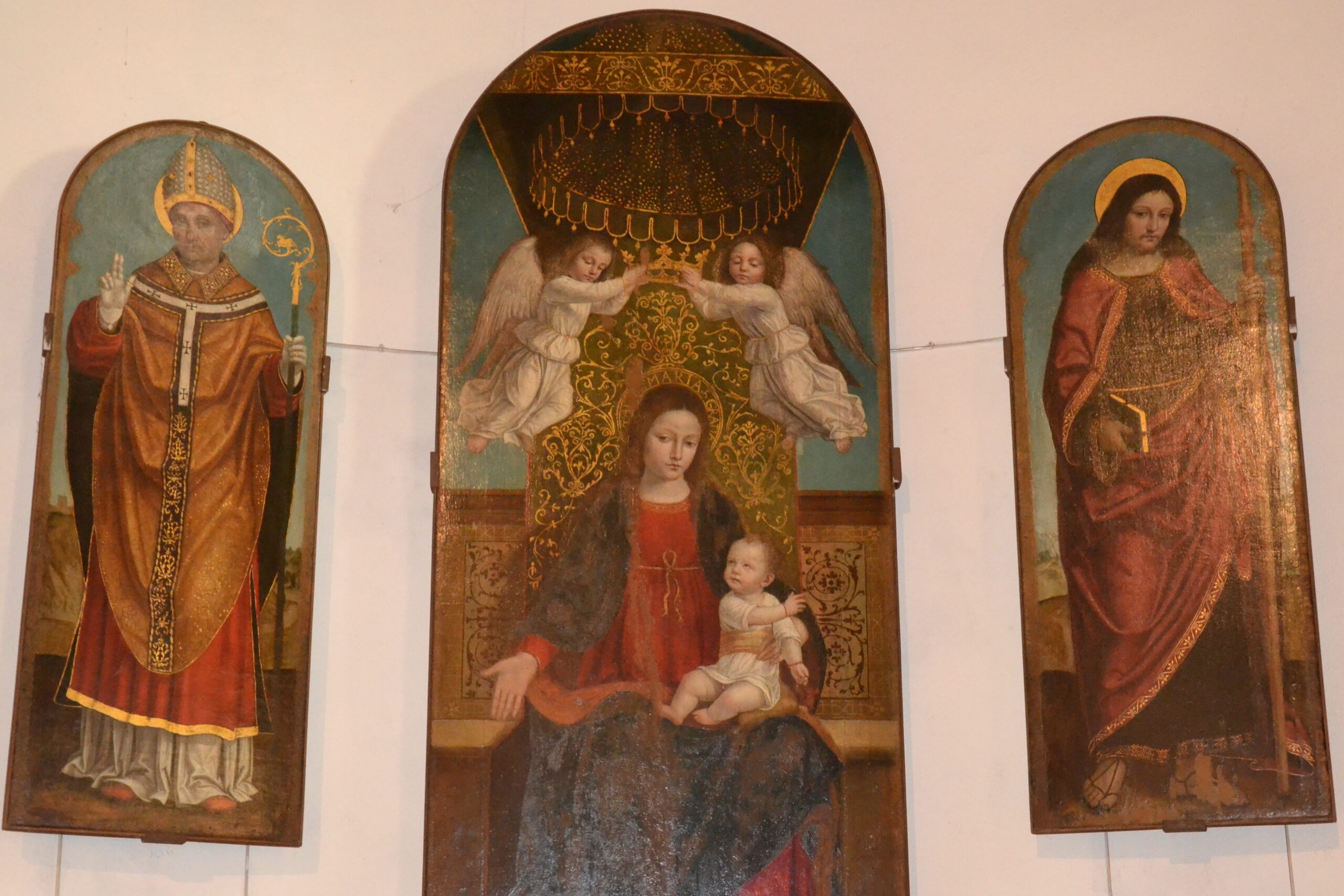The Archaeological Museum of Alife is one of the territorial museums created to know and enhance the historical-archaeological heritage of the area, helping to revitalize, also from the socio-economic and cultural point of view, one of the significant centers of inland Campania. The collections bear witness to the history and culture of the people who inhabited the territory of Matese-casertano in ancient times, from prehistoric times to Roman times. The exhibition presents numerous finds – stone weapons and tools, ceramic and glassware, metal objects – distinguished by chronological and territorial contexts (Mount Cila, Roccavecchia di Pratella, materials from necropolis), illustrated with explanatory panels accompanied by graphic and photographic documentation. Also on display is part of a fresco in IV style from a Roman domus along the decumanus maximus of the ancient city, explored in the early nineties of the 20th century.
In a room below there are also fragments of mosaic floors with black and white geometric decorations dating back to between the first century B.C. and the first century A.D. removed from other houses in the ancient city. These finds are evidence of the Roman phase of the colony, which together with sculptures, inscriptions and other objects from recent investigations carried out in the urban centre of Alife and the surrounding area, will be included in the section relating to the Roman period in the museum’s expansion project.
